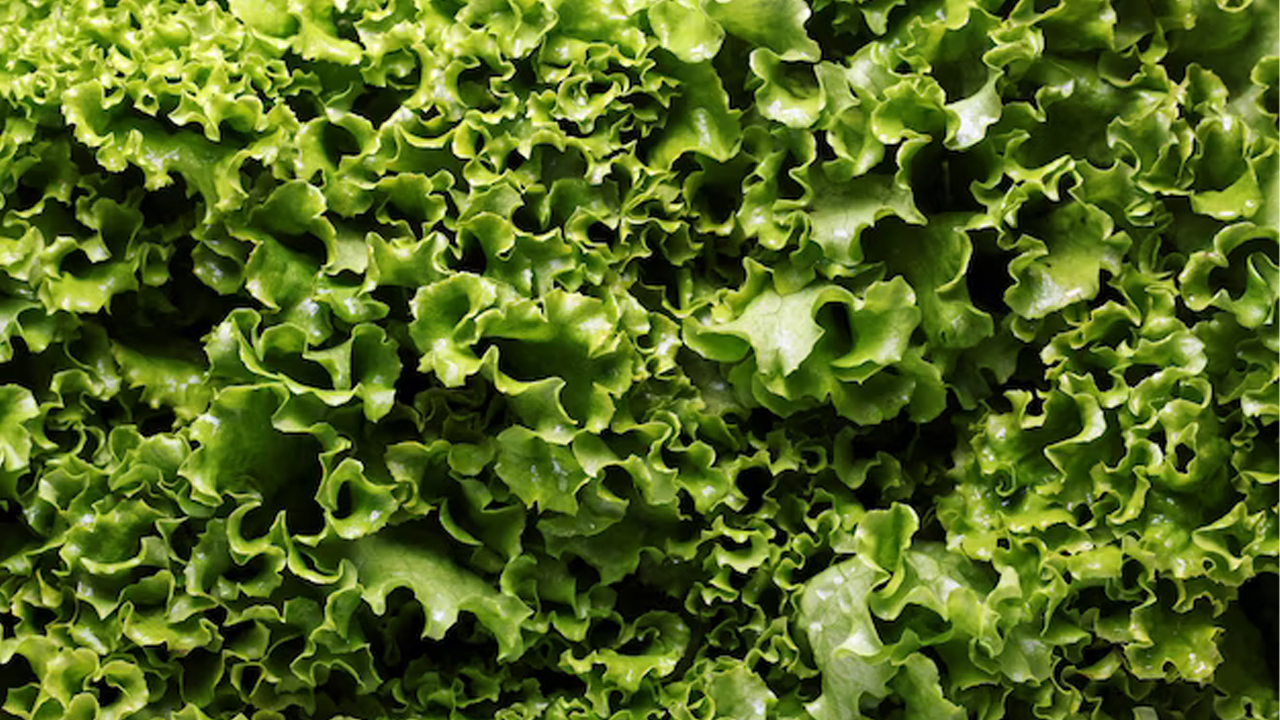
Kale is a nutrient-rich vegetable that is packed with vitamins and minerals. It is a popular crop that is grown in many parts of Africa due to its high demand and profitability. In this guide, we will provide you with a detailed step-by-step process on how to successfully farm kale in Africa, using practical examples from different African countries.
Step 1: Land Preparation
Before planting kale, it is important to prepare the land. The land should be cleared of any weeds or unwanted vegetation. This can be done manually or with a tractor or other mechanized equipment. The soil should be plowed and leveled to create a good seedbed for planting. In addition, the soil should be tested to determine its nutrient content and pH level. Kale requires a pH of between 6.0 and 7.5 for optimal growth.
Example: In Kenya, farmers in Kieni East use plows and harrows to prepare the land for kale farming. They also use compost and manure to improve the soil’s fertility.
Step 2: Seed Selection and Planting
After preparing the land, it’s time to select the right seeds for planting. There are different varieties of kale, but the most popular ones in Africa are the curly leaf kale and the Tuscan kale. The seeds can be purchased from seed companies or harvested from previous crops. Planting can be done by hand or using a seed drill. The seeds should be planted in rows, with a spacing of 30-40cm between plants.
Example: In Zambia, farmers in Luapula province use the open-air method to plant kale seeds. They also use a seed drill to ensure proper spacing and reduce seed wastage.
Step 3: Irrigation
Kale requires regular watering to grow properly. In areas with low rainfall, irrigation is necessary to ensure adequate moisture levels for the plants. The frequency and amount of water required will depend on the soil type and weather conditions. Drip irrigation is a recommended method as it helps conserve water and reduces wastage.
Example: In Nigeria, farmers in Plateau state use drip irrigation to water their kale crops. This method has helped them save on water and increase their yields.
Step 4: Fertilization and Pest Control
Kale requires adequate nutrients to grow and produce healthy crops. Fertilizers such as compost and manure can be used to improve soil fertility. In addition, organic and chemical fertilizers can also be used to provide the necessary nutrients. Pests and diseases can also affect the growth of kale. Farmers can use pesticides and other control measures to prevent or manage pests and diseases.
Example: In Ethiopia, farmers in the Oromia region use organic fertilizers such as compost to improve soil fertility. They also use neem oil and other natural pest control methods to manage pests.
Step 5: Harvesting and Post-Harvest Handling
Kale is ready for harvest within 60-90 days after planting, depending on the variety and growing conditions. The leaves should be harvested when they reach the desired size, usually between 15-25cm. After harvesting, the leaves should be cleaned and packaged for sale. Proper post-harvest handling is important to ensure that the kale retains its quality and freshness.
Example: In Ghana, farmers in the Eastern region use plastic crates to transport their kale to the market. They also use refrigerated trucks to transport their produce to other regions.
In conclusion, kale farming in Africa can be profitable if done correctly. By following the above steps, farmers can increase their yields and improve the quality of their crops. It is also important for farmers to keep up-to-date with the latest farming practices and technologies to remain competitive in the market.


















